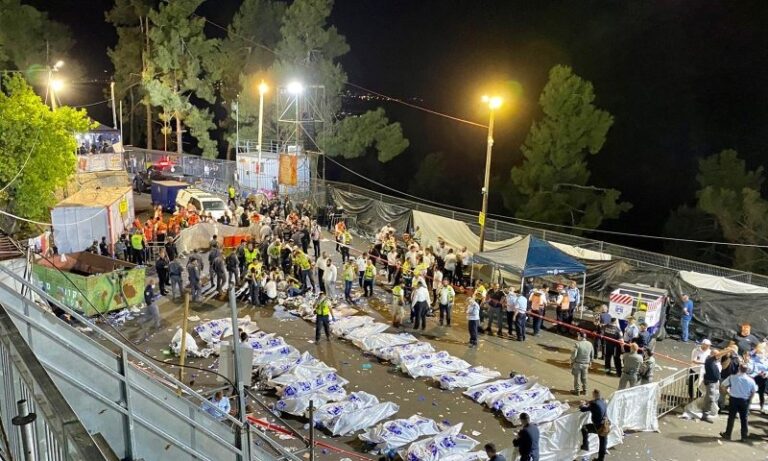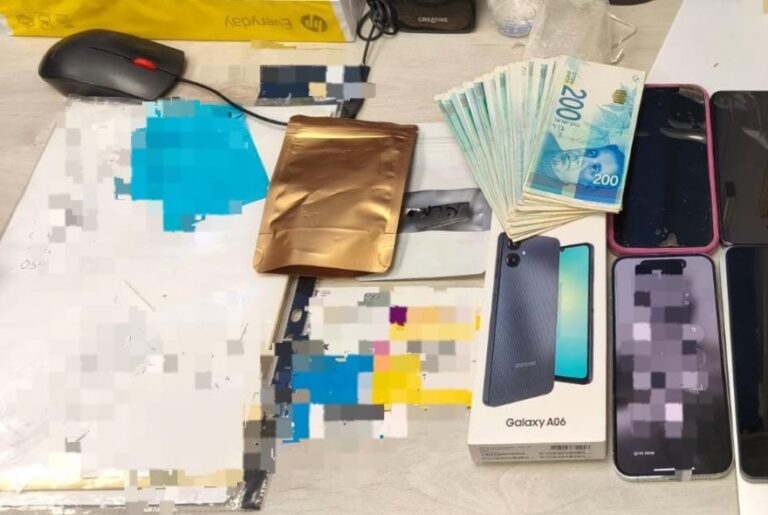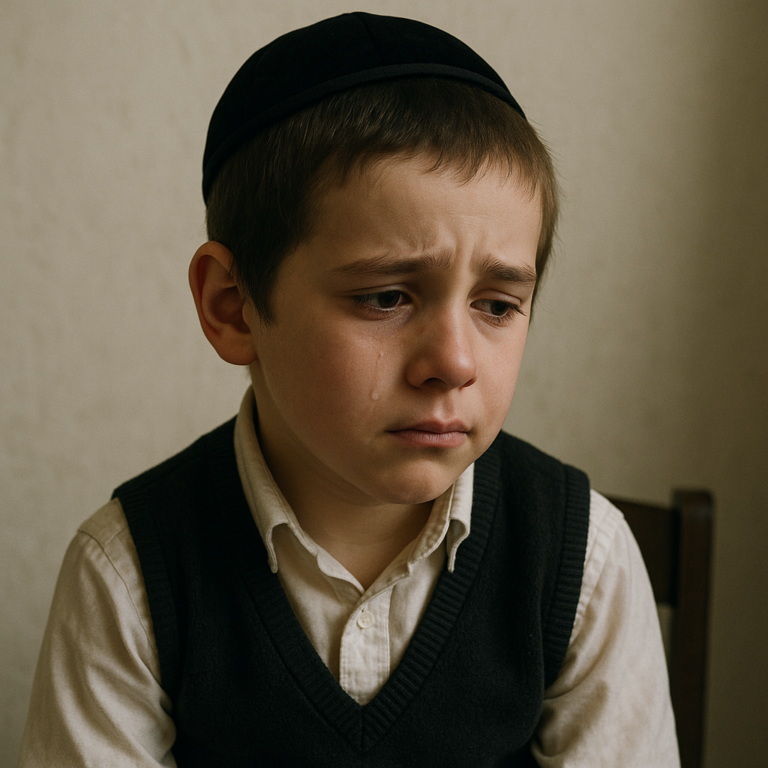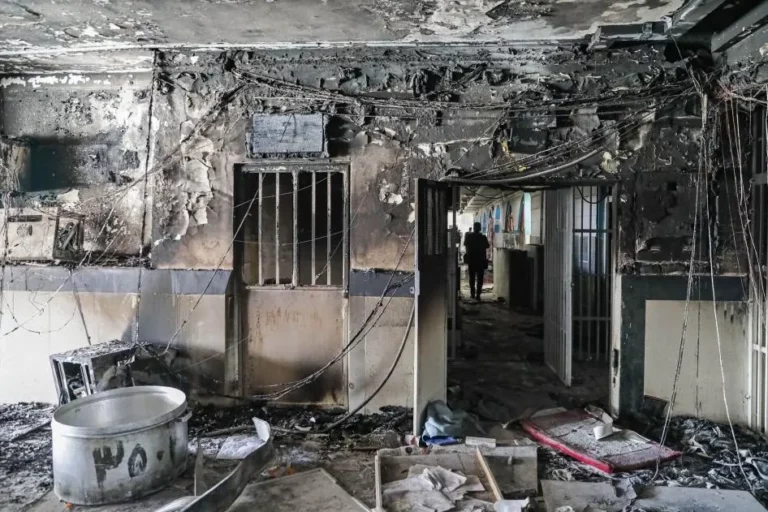By Rabbi Yair Hoffman for the Five Towns Jewish Times
It is 10:30 PM. Do you know where your children are?
It is not their fault, of course. You and your wife are at a wedding in Brooklyn, and the main dish is still yet to be served. Sadly, this reality and the specific time frame, is fairly commonplace.
The repercussions of it are that there is an extraordinary amount of time where everyone is waiting around. And while it does provide for some social opportunity, there are ramifications for the ever decreasing amount of time spent with one’s children at home. Another repercussion is the significant bitul Torah that such a long gap in time creates. A third repercussion is the sheer amount of food that goes to waste because people simply cannot stay so late at weddings. This is a violation of something called Bizui Ochalin and is codifed in chapter 171 of the Orech Chaim section of the Shulchan Aruch. It may also be a violation of Bal Tashchis – wasting.
There is a fourth repercussion as well. Babysitters are often told by parents who are attending these weddings that they will be home by 11:15 PM. The babysitter has school the next day, and quite often the parents actually come home after 1:00 AM in the morning.
THE CAUSES
The causes for the delays in our weddings are the fact that the photography takes a significant amount of time. Due to minhag constraints, the photographers cannot take a significant portion of the pictures earlier before the wedding begins. This is because the majority of wedding pictures involve having the chosson and kallah together in the pictures along with the family members. This cannot be done since the custom is that the chosson and Kallah do not see each other before the bedekin.
WHERE DID THE MINHAG COME FROM?
Shockingly, although the custom not to see each other during the week before the wedding is almost universal in Ashkenazic circles – there is virtually no mention of it in the halachic literature. There is, of course, much mention of the bride and groom not seeing each other at all (See Responsa Maharshdam #31, the RaDaK Bereishis 24:64, Peleh Yoetz “Kallah”). Rav Binyomin Forst Shlita in the second volume of his Hilchos Niddah Sefer (pp. 458-459) suggests that the source of this custom is related to the issue of Dam Chimmud (See YD 192:1) which may render the kallah impure. Rav Elyashiv is quoted as being most stringent in the custom, although it is not mentioned in the compilation of his wedding halachos that was published by his grandson. Regardless, it seems in Ashkenazic circles the custom of the bride and groom not seeing each other – is here to stay.
THE SOLUTIONS
In this author’s view, there are two possible solutions to the situation. The first solution is to “Serve Through.” Generally speaking, caterers provide dinner rolls for washing (1), a presentation or mini first course (2), soup (3), the main dish (4), and then dessert (5). What usually happens is that the serving pauses right after the presentation or mini first course (step 2) until the chosson and kallah come out. Sometimes the pause is after the soup (step 3).
The first solution would involve actually serving all the way through the main during the prolonged photography session – then having the first dance. Dessert would then be served, followed by the second dance then bentching.
SECOND SOLUTION – EARLY BEDEKEN
Another solution would be to have an earlier Bedeken. There is no halachic impediment to having an early Bedekin – as long as the documents are prepared earlier. If the early Bedekin is done, the photography can be done earlier with the bride and groom together.
What is the Bedekin? Before the Chuppah, the groom is escorted by the Shoshvinim and the two witnesses to the place where the bride is sitting. The groom covers the head of the bride with a veil or some other designated garment. This is called the Hinoma. According to many authorities, the covering of the bride with a Hinoma is called the Chuppah. Because of this, the bride and groom should have in mind that the covering of the veil on her head is a Kinyan of marriage just like Chuppah.
It is the custom for the Mesader Kiddushin to tell the father of the bride that he should go to his daughter and tell her that the covering is a form of Kinyan and is not just a mere procedure alone. On account of this, the witnesses as well need to see the groom actually covering the bride. They should be aware that this is a Kinyan, as mentioned above. There is no need to have the groom acquire the veil.
All of this can be done earlier before the guests arrive. The photography can then be done with everyone present. Following this photo session, a chosson’s tish can be held where the tnaim are read aloud. Then a second Bedekin can be held. Lest the reader think that this suggestion is too radical – where the second Bedekin is done mostly just for show, a very prominent Rosh Yeshiva made this suggestion a number of years ago.
The issue is something that should be addressed, either by adopting the serving through suggestion or through the second bedeken method. The benefits are not just avoiding the negative repercussions described above. It will allow more people to enjoy the food at the wedding. It will allow more people to stay for the dancing too – because time is not wasted. The weddings will also finish faster.
Some have suggested that the caterers will be unhappy with these two solutions because they will end up having to serve more food – since more guests would be staying. This is incorrect, however. The major cost to the caterer lies not in the food but rather in the cost of labor. If weddings ended earlier, the waiters and clean up crew could leave earlier as well and save the caterer significant money.
The author can be reached at [email protected]












8 Responses
“a very prominent Rosh Yeshiva made this suggestion a number of years ago.”. I am wondering who he is and if his position is recorded. There is also another major cause of delay not mentioned …..the Mesader Kiddushin arriving late. Sometimes it is unavoidable (traffic), sometimes not.I was at a chasuna a few months ago where the Mesader Kiddushin arrived 1 hour later then he was supposed to.
most people work for a living
have to come home
shower (hopefully) get dressed and then drive to the hall
its a fact of life so that is the reason chasunas are late
the only ones who dont work are the mesaderr kidushin
they should be on time!!!
We personally have utilized a much more practicle solution, and it worked great. We took nearly all the family pics before the wedding and left a space for the Chosson & Kallah to be inserted by trick photography. This allowed us to do pics in 20min after Yichud.
To the previous מחוצפים who think that Roshei Yeshivah have nothing better to do with their lives then run around to weddings (many times multiples), I would suggest they try one day on a their schedule and see if they can survive!
We’re making a wedding later this week IY”H. One of the things we are doing is having benching and sheva brachot immediately after the meal, before the second dance and dessert. We hope this means that more people will still be in the hall for shava brachot, and that people will be able to stay a bit and enjoy dessert.
Our Roshei Yeshiva are supposed to prepare shiur, say shiur, answer questions and talk in learning with talmidim, counsel them, field dozens of shidduch inquiries, fundraise, carry the financial burden etc… and you wonder why they are at times late to be mesader kiddushin? Frankly, I think its time to do them a big favor and let them stay in Yeshiva and be there for their talmidim. Let’s go back to the old minhag of asking the family Rov to officiate. Life Cycle events belong to the Rov.
The minhag in some circles including the greater Ashkenazic Yerushalayim community is that the chosson walks directly from the badeken to the chuppah, for them the second suggestion wouldn’t work.
chevraman: Where did I say that a Rosh Yeshiva has nothing better to do? I have made a number of chasunahs and at least twice the Mesader Kiddushin was NOT a Rosh Yeshiva and the chupa was delayed a they arrived later then expected. The one chasunah that I made where a Rosh Yeshiva was the Mesader, he was on time. However, I have been present at numerous chasunahs where the Mesader being late caused delays. BTW, the chasunah I mentioned in my opening remark took place Bein Hazmanim.
iacisrmma: I apologize, Please be mochel me for my impulsive response. However, since we are talking about a global solution to the problem, and generally the Rosh Yeshiva is mesader, it can cause readers to blame them for the problem.